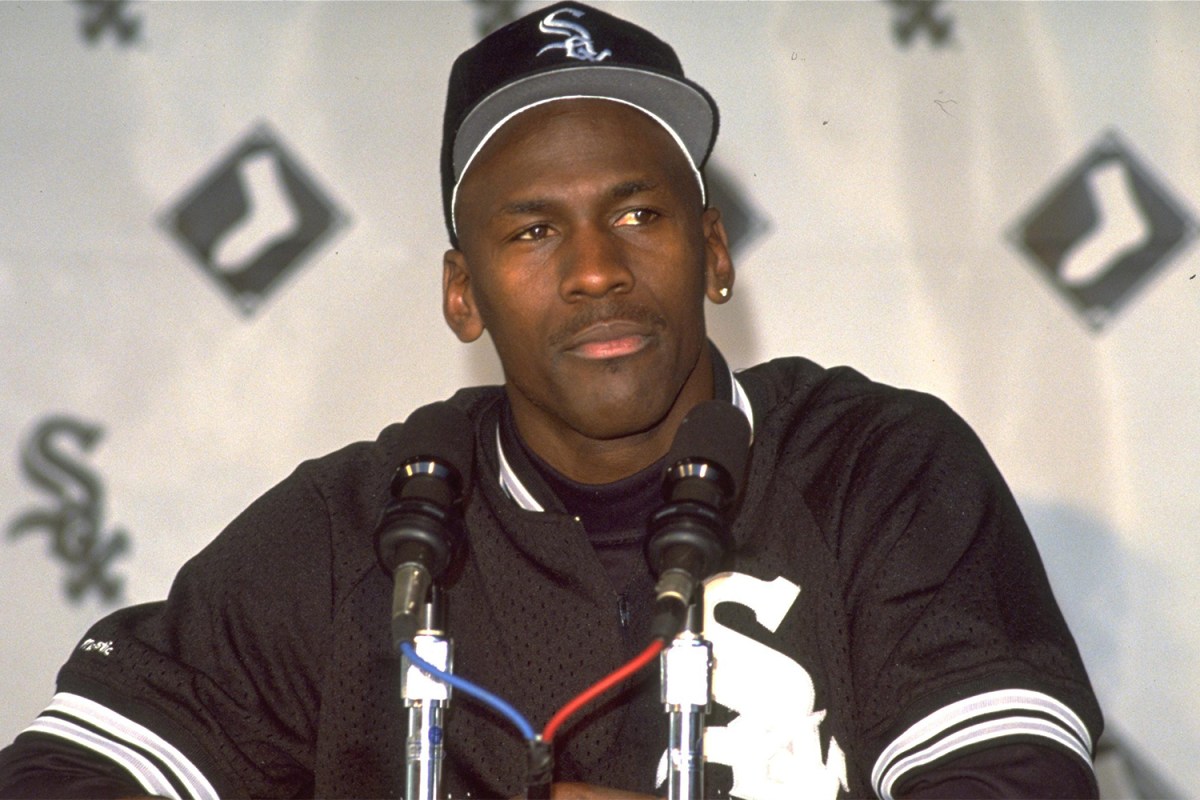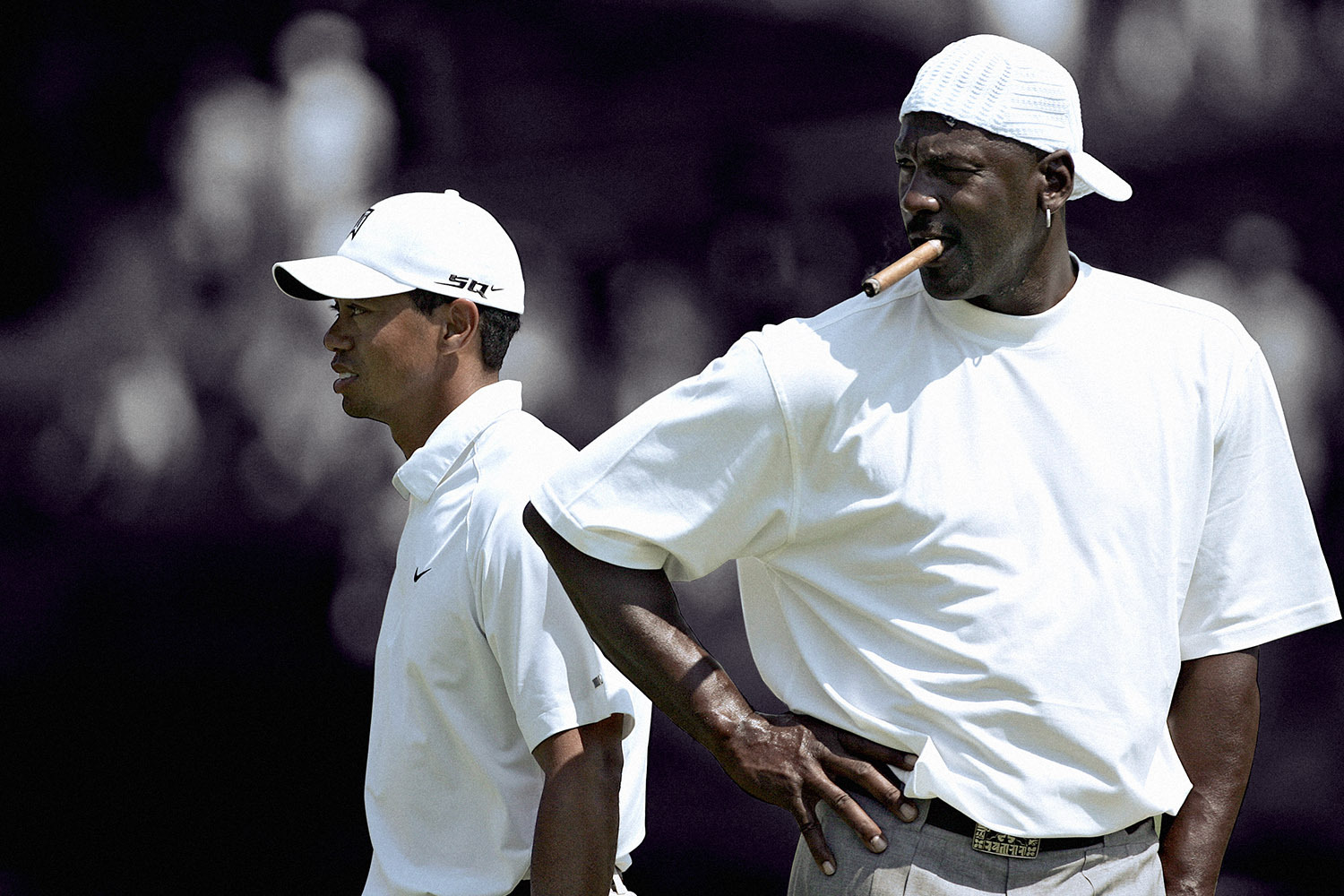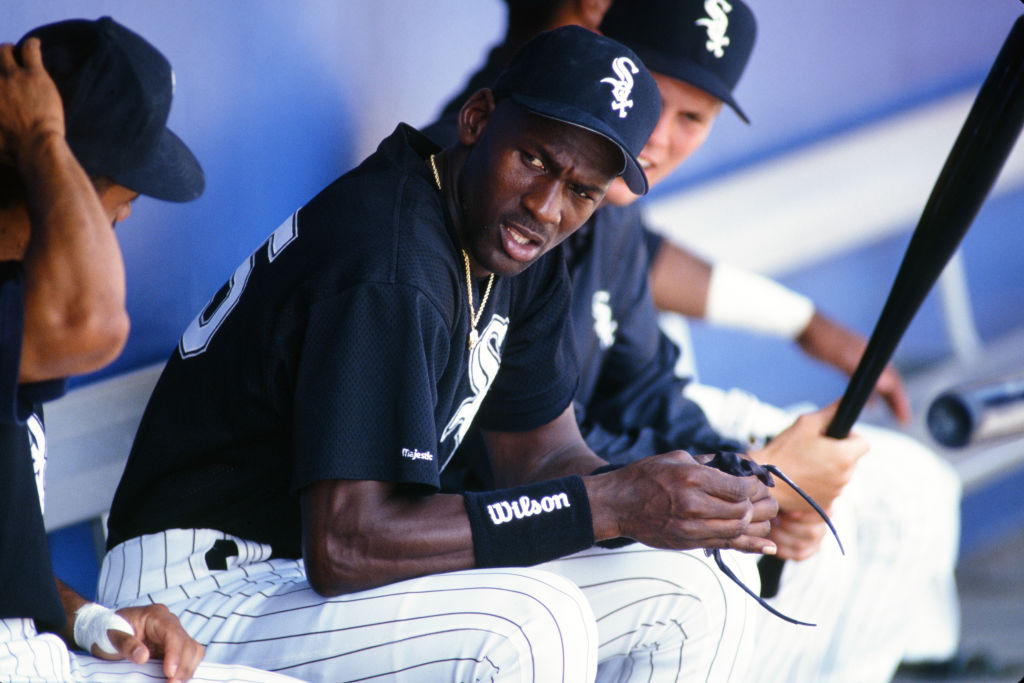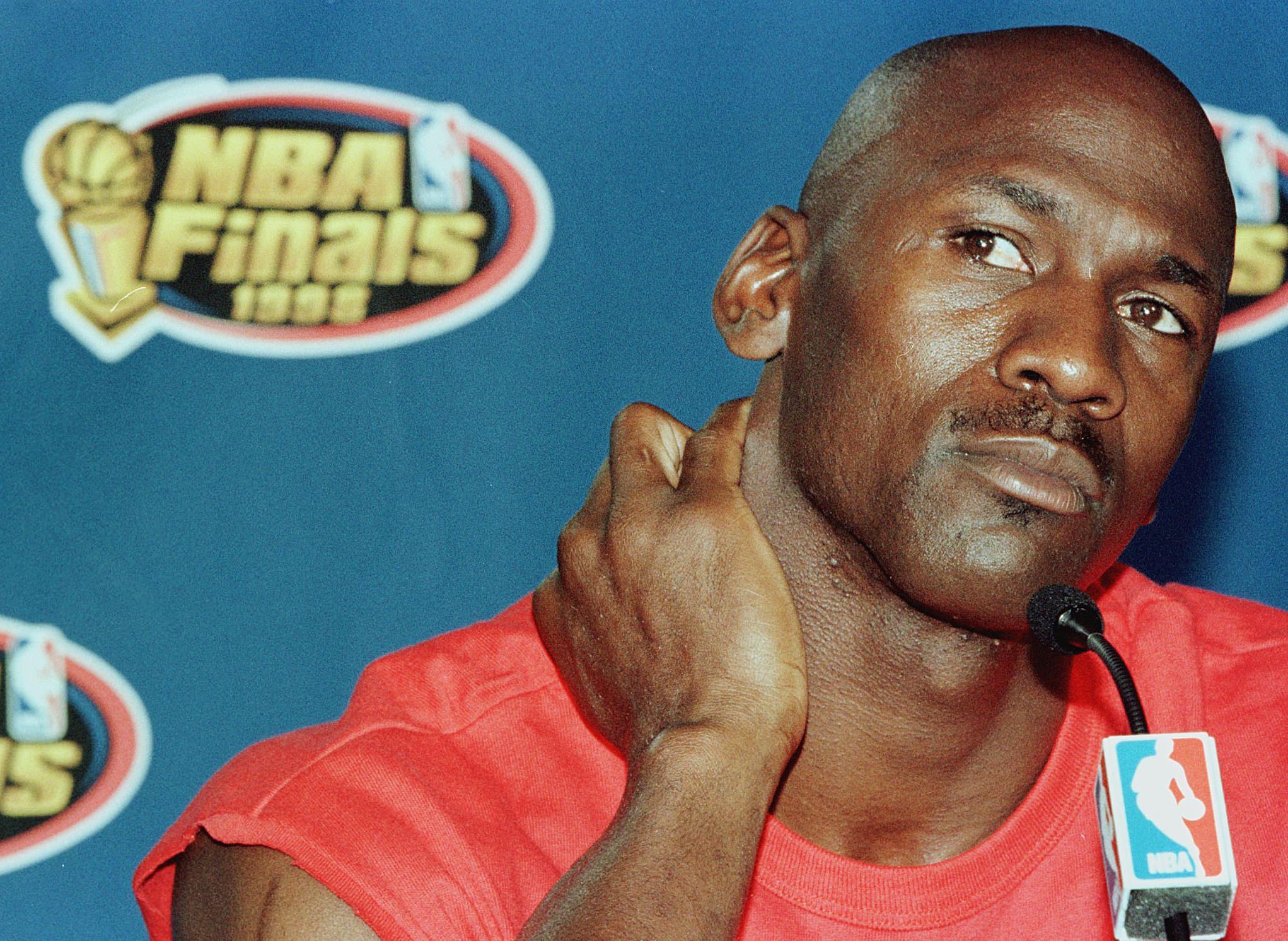In the seventh episode of ESPN’s 10-part miniseries The Last Dance, Michael Jordan’s eyes begin to well up. Reflecting on the 1993 murder of his father James, the Bulls superstar recalls their close relationship, shares memories of the funeral and then dismisses the cold-hearted conspiracies attached to the case. It’s a brief, candid and solemn sequence — with commentary from other family, friends and reporters — about Jordan losing his emotional “rock,” and it eventually helps explain his unexpected retirement from basketball (and subsequent pivot to baseball) a few months later.
Less than a year after the release of The Last Dance, director Matthew Perniciaro has filled in the missing pieces of that fateful ’93 summer with Moment of Truth, an in-depth and scrupulous look at James Jordan’s murder, streaming on Amazon’s IMDb TV. Unlike The Last Dance, which only grazes the surface of the investigation in pursuit of its basketball-centric storyline, the new five-part investigative series digs into the murky history surrounding the elder Jordan’s untimely death, reexamines the trial of his two convicted killers and surveys the racially fraught North Carolina county in which the tragedy occurred.
As was publicly known, on the night of July 23, 1993, halfway into a trip from Wilmington to Charlotte, Jordan pulled his red Lexus to the side of the highway to take a nap and was never heard from again. Within the next two weeks, his car was found stripped in the woods and his body — with a bullethole in the chest — was found (and later positively identified) in a South Carolina swamp just below the border. Based on phone calls made from inside the car, local authorities arrested teenage friends Daniel Green and Larry Demery. In 1996, both were given life sentences for what prosecutors said was a “deadly carjacking by two thrill-seeking troublemakers.”
Now, almost three decades later, using previously unseen archival footage and unheard audio clips, Moment of Truth sheds serious doubt on the verdict. Though Green admits he stole the car and helped dump Jordan’s body, he has maintained his innocence in the murder from the beginning. Meanwhile, a slew of legal issues and new evidence paints a bigger cloud of suspicion around Demery, who testified against his friend by asserting Green was the triggerman and is set to be released from prison in 2023.
“There was a massive amount of pressure on law enforcement to have an answer — and to have an answer quickly,” Perniciaro tells InsideHook. “I’m not a judge and jury, but I do believe there is a flaw in this system that is preventing an evidentiary hearing from happening and that needs to be corrected.”
Raised in Raleigh, North Carolina, Perniciaro remembers the investigation vividly as a 13-year-old and describes the summer’s nightly news reportage as being on the same level as the coverage of the Challenger disaster. When one of the state’s largest news networks, WRAL, began digitizing its archived coverage of the case in 2018, Perniciaro’s friend Jimmy Goodmon, whose family owns the station, suggested he look at the unseen footage and take it on as a bigger project.
“This is a story and footage no one’s seen for more than 25 years and no one’s ever seen outside of North Carolina,” Perniciaro says. “We really embraced that from a visual standpoint … that we were unearthing facts and archival and audio and evidence and these things that people had never seen and never had access to.”
Much of that footage extends beyond the case, too. After the first episode provides some brief background on Jordan and his son’s celebrity status, Perniciaro pivots and begins unpacking the racist and corrupt history of Robeson County. Though the director admits it may seem like a “departure” from the investigation, it serves to contextualize the atmosphere and politics in the area where the crime was committed. “We realized pretty much immediately that to have a complete understanding of this case, you had to have an understanding of the history of Robeson County,” Perniciaro says.
Along with being a heavy drug corridor due to its location along I-95, the area had established a racial hierarchy, descending in rank from white to Native American to Black. As Operation Tarnished Badge would eventually reveal in 2004, the corruption inside the county’s law enforcement was also widespread. “We felt like we had to let the audience understand what the world looks like where this all happened. And that was going to affect every perception they would have going into the trial,” he says. “You have to naturally kind of question it if you understand there’s a pattern of misinformation.”
Over the final three episodes, Perniciaro treats the series much like the trial itself. When first looking at the prosecution’s case, led by District Attorney Johnson Britt, the evidence seems stacked against Green. In a home video days after the murder, the 18-year-old Black man is seen showing off and posing with Jordan’s jewelry and the alleged murder weapon was later found in the bottom of a vaccum cleaner in Green’s mother’s home. Green had an alibi, though.
At the time of Jordan’s death, he was seen at a house party in his family’s trailer park, as several witnesses would testify. During the critical hours, Green claims Demery left for a drug deal and returned three hours later in an agitated state. Out of loyalty to his friend, Green would later help dispose of the body near Demery’s workplace. “There are questions about what occurred that night that will most likely never be answered,” Perniciaro says. “There are only maybe one or two people who are alive that were present when this crime took place.”
Christine Mumma, the executive director of the North Carolina Center on Actual Innocence, took on Green as a client in 2018. Featured as a prominent part of the series, she’s found new evidence in Green’s favor, which includes ballistics and blood-related reports, along with a surprising connection between a local drug dealer and the police department, which was suspiciously never acknowledged by the prosecution. So far, her requests for an evidentiary hearing and retrial have been denied, but she remains determined to appeal to higher courts.
“We’re not all going to believe the same things,” Perniciaro says. “But I think when you look at all these facts, the one thing we can all believe is that there are questions. When there are questions, they need to be re-evaluated by the court system and the legal system and the justice system.”
Although the Jordan family declined to be interviewed for the series, Perniciaro remains sensitive to the patriarch’s legacy and the impact he had on his North Carolinian community. Their silent processing of grief underscores the series, which is being released the same week as the George Floyd murder trial, and their celebrity has made Perniciaro consider how many other cases like Green’s haven’t been reexamined because of their smaller-scale nature and lack of daily video coverage and media hoopla.
“Those are themes that we are still seeing very prevalently today — as prevalent and part of our national conversation today as they have been 30 years ago, and that’s sad,” Perniciaro says. “It was difficult at points to create this because it’s a reminder of how much progress we still need to make.”
The Charge will help you move better, think clearer and stay in the game longer. Subscribe to our wellness newsletter today.
























